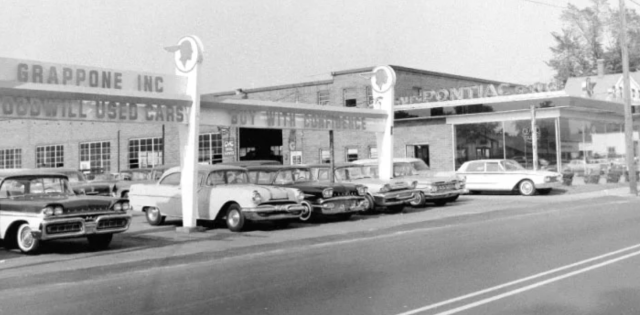Way back in third-grade, while I was daydreaming in Mrs. Watson’s class, I almost missed a lesson that would be a success-driver decades later.
Third-grade, you ask? Seriously? You don’t remember conversations about Effective Labor Rate or Matrix Pricing in Third Grade. Or any grade.
Before you suspect that I’ve stripped a few gears, allow me to ask two questions:
- Do you remember the difference between verbs and nouns? (Hint: Verbs are action words; nouns are persons, places or things. Sound familiar?)
- Is “labor” a verb or is it a noun?
If you say “labor” is a verb, you are right – but you’re missing half the story. When a tech performs labor, motion and action are obvious. Less obvious is the fact that labor, after it’s produced, becomes a thing. As a dealer, I bought a tech’s labor for the purpose of reselling it at some point in the future. During the period between my purchase of the labor and its eventual resale, it was economically similar to parts on the shelves and vehicles on the lot. All are inventories I bought from a producer for the purpose of reselling. The fact that I couldn’t see or touch the labor inventory as readily as the parts or vehicles was irrelevant. Labor was an inventory. Its value was measurable and real.
Because that labor inventory was a thing that the dealership owned, it was also an asset. As an asset, its total value had to be shown on the Balance Sheet of the monthly Operating Report. (On yours, look for the line labelled Work in Process or similar.) That was the value of the labor I had purchased from techs, via cash or accrued payroll, but had not yet resold. And just as I would not tolerate carelessness in the management or accounting of vehicle or parts inventories, I learned to insist on careful management of the labor inventory.
Specifically, that meant:
- Timely sweeping of hours off ROs and into the accounting system. There is seldom a good reason for an RO to remain open more than 24 hours after the repair is completed.
- Checking the Work in Process amount on the Operating Report every month. (Find yours on page 1, about halfway down on the left side. If it’s blank, go immediately to your accounting manager to learn why because there is almost never a good reason for that to happen.)
Accounting is called accounting because, done correctly, it holds everyone accountable for responsible management of dealership resources (cash, inventories, other assets). Inventories that shrink, due to carelessness, embezzlement or whatever reason, diminish those hard-won resources, reducing profit and possibly jeopardizing dealership survival and the livelihoods of all employees. The inventory I found most challenging to manage was the one that was invisible: Labor.
That task became easier when I understood “labor” was more than someone doing something. Sure, it begins as an action performed by a tech (a verb), but it ends as an asset to be managed (a noun).
Thank you, Mrs. Watson.










